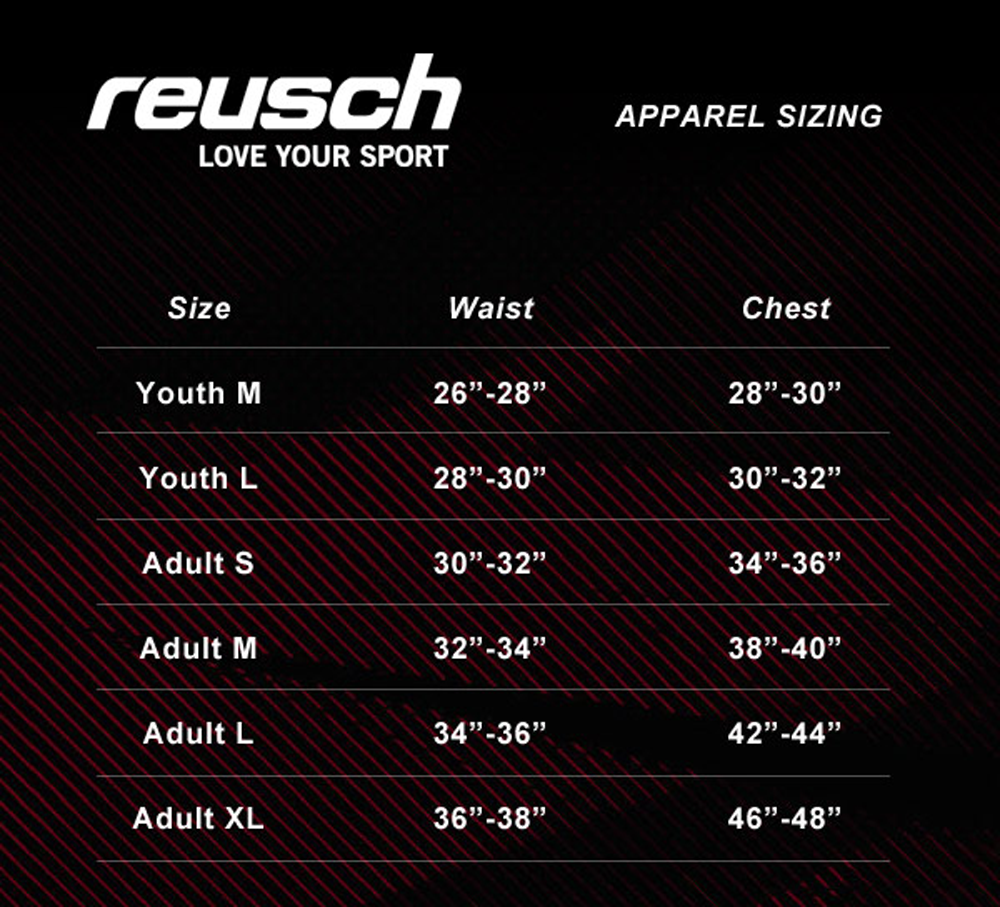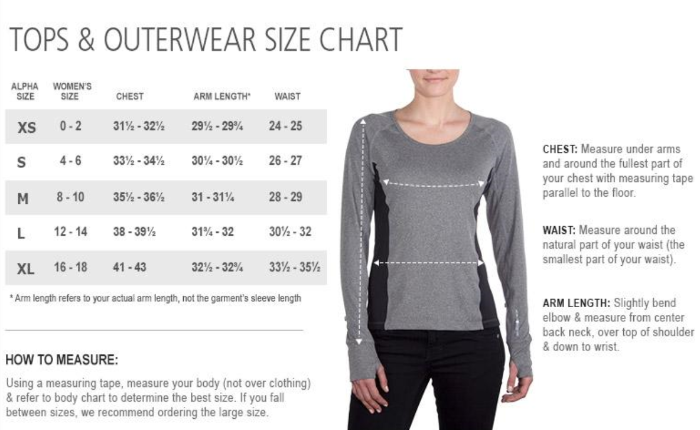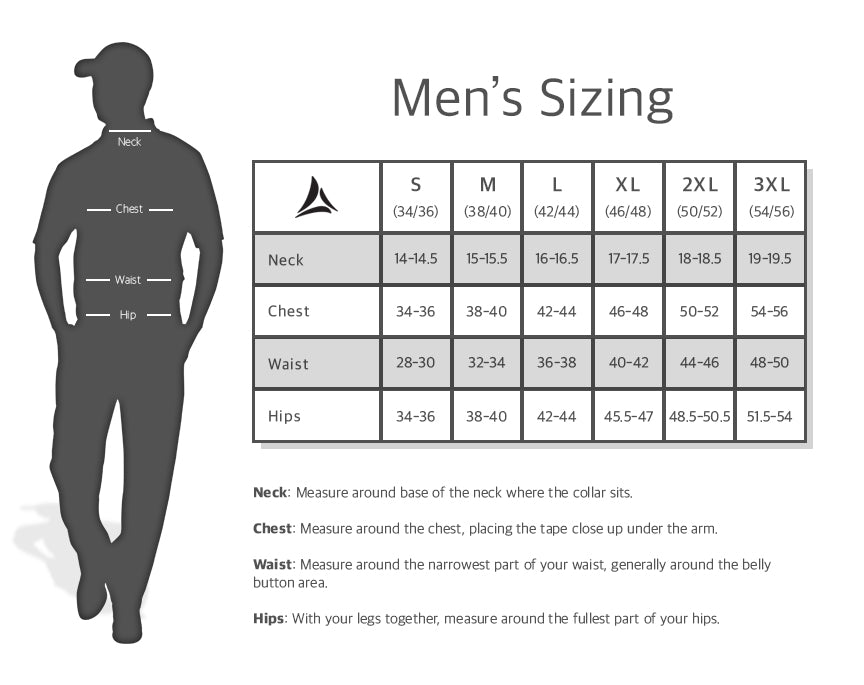
Find Your Perfect Fit: A Western Apparel Sizing Guide for Men & Women
The Wild West whispers of rugged individualism, bold style, and a spirit untamed. But finding the perfect fit for your western wear shouldn’t feel like a cattle drive. This comprehensive guide will help you navigate the sizing landscape, ensuring your next purchase is a perfect fit, allowing you to truly embody the western aesthetic. Forget the guesswork – let’s lasso the perfect size!
Understanding the Differences: Western vs. Modern Sizing
Before we delve into the specifics, it’s crucial to understand that western wear sizing often differs from standard contemporary clothing. Western garments prioritize comfort and functionality, often incorporating looser fits to accommodate movement and layering. This means your usual size in a t-shirt might not translate directly to a western shirt. Consider this a chance to explore silhouettes that complement your body type – and remember, a slightly looser fit can be stylish and comfortable.
Men’s Western Wear Sizing
For men, the key measurements are chest, sleeve length, waist, and inseam (for pants). Many brands offer size charts, but understanding your body measurements is essential. Use a soft measuring tape, and ensure the tape is snug but not constricting.
| Measurement | Description | How to Measure |
|---|---|---|
| Chest | Around the fullest part of your chest, under arms | Keep tape level across your back. |
| Sleeve Length | From shoulder point to wrist | Keep arm slightly bent. |
| Waist | Around your natural waistline | Keep tape level and comfortable. |
| Inseam (Pants) | From crotch seam to bottom of leg | Stand with shoes on for accurate measurement. |
Beyond the Basics: Finding the Right Fit for Specific Garments
- Western Shirts: These often run larger than standard dress shirts. Look for a comfortable fit across the chest and shoulders, with sleeves that allow for movement.
- Jeans: Western jeans often have a higher rise and a straighter leg. Consider the rise (how high the waist sits) and the leg opening to ensure a flattering fit.
- Jackets & Coats: Layering is key in western wear. Choose a size that allows for comfortable layering under jackets or coats.
- Hats: Hat sizing is usually measured in inches. Measure your head circumference just above your eyebrows for the most accurate fit.
Women’s Western Wear Sizing
Women’s western wear sizing presents similar challenges, with variations among brands. Accurate measurements are your best friend!
| Measurement | Description | How to Measure |
|---|---|---|
| Bust | Around the fullest part of your bust | Keep tape level across your back. |
| Waist | Around your natural waistline | Keep tape level and comfortable. |
| Hips | Around the fullest part of your hips | Keep tape level. |
Finding the Right Fit for Specific Garments (Women):
- Western Shirts: Similar to men’s shirts, consider a relaxed fit that allows for layering. Pay attention to the length and sleeve length to avoid feeling restricted.
- Jeans: Consider the rise, leg opening, and overall fit. Bootcut, straight leg, and flare are popular western styles.
- Dresses & Skirts: Western dresses and skirts range in style. Check the size chart carefully for details on bust, waist, and length.
- Jewelry & Accessories: Consider the style and size of the accessory when purchasing. A large belt buckle on a small frame may be overwhelming.
Tips for a Perfect Fit:
- Read the size chart: Every brand is different. Consult the size chart carefully before ordering.
- Check reviews: Customer reviews often mention fit and sizing issues.
- Consider your body type: Choose styles that complement your body shape.
- Don’t be afraid to size up (or down): A slightly looser or more fitted style may be more comfortable.
- Contact customer service: If you have questions about sizing, contact the brand directly.
Embracing the Western Spirit:
Finding your perfect fit in western wear is about more than just numbers. It’s about finding styles that reflect your personality and confidence. With this guide as your compass, navigate the world of western sizing with ease and embrace the untamed spirit of the West – one perfectly fitting garment at a time.

Additional Information
Beyond the Basics: A Deeper Dive into Western Apparel Sizing
A simple sizing guide for Western apparel, while helpful, only scratches the surface of the complexities involved in achieving a truly “perfect fit.” This analysis delves deeper into the challenges and nuances of sizing in the Western wear market, offering insights beyond the basic numerical measurements.
1. The Variability of Western Apparel Styles: Unlike standardized clothing categories, Western wear encompasses a broad range of styles, each with its unique fit characteristics. For instance:
- Shirts: A classic snap-front shirt will fit differently than a tailored Western dress shirt. The former often emphasizes a looser, more relaxed fit, while the latter prioritizes a more structured, tailored silhouette. Even within these categories, variations exist – “slim fit,” “relaxed fit,” and “athletic fit” all demand distinct sizing considerations.
- Jeans: The cut of Western jeans significantly impacts sizing. Bootcut jeans require extra room around the calf, while skinny jeans prioritize a close, form-fitting look. Furthermore, the rise (the distance between the crotch and waistband) significantly influences comfort and fit. A higher rise might be preferred for a more comfortable fit for some, while a lower rise might offer a different silhouette for others.
- Jackets: From rugged denim jackets to refined suede leather jackets, the fit varies drastically. Consider the shoulder width, sleeve length, and overall body length – these measurements need careful consideration as they often deviate from standard sizing charts. A well-fitting Western jacket should allow for layering underneath while not appearing bulky or overly restrictive.
2. Material Considerations and Stretch: The fabric composition significantly influences the final fit. Heavyweight denim, for instance, will feel stiffer and potentially less forgiving than a lighter weight cotton or linen blend. The presence of stretch materials (like elastane or spandex) can dramatically alter the fit, allowing for a more flexible and comfortable garment. This means that a size 38 in 100% cotton jeans may feel different than a size 38 in jeans with 2% elastane. Manufacturers rarely explicitly state the degree of stretch in their sizing charts, leading to potential inconsistencies.
3. Body Shape and Proportions: No sizing chart can account for individual body variations. A person with a larger chest and shorter torso will require a different fit than someone with a longer torso and narrower shoulders, even if both wear the same size in standard clothing. Western wear, with its often more structured designs, highlights these discrepancies even more. This underscores the importance of trying on garments whenever possible.
4. Brand-Specific Sizing Variations: Even within the same style and size, variations exist across brands. One brand’s “medium” might be equivalent to another brand’s “large.” This inconsistency necessitates careful research and potentially consulting brand-specific size charts and reviews.
5. The Role of Customer Reviews and Feedback: Online retailers often provide valuable insight through customer reviews. Analyzing reviews can reveal valuable information about a brand’s sizing tendencies, the true fit of specific garments, and highlight potential discrepancies between the advertised size and the actual fit. This crowdsourced information complements the official sizing guides.
Case Study Example: A customer orders a size Large Western shirt online based on the manufacturer’s chart. However, they receive a shirt that feels too snug in the chest and shoulders, but too long in the body. This discrepancy highlights the limitations of a generic sizing chart and emphasizes the need for deeper consideration of style, fabric, and individual body proportions. The customer’s subsequent review then contributes to the valuable crowd-sourced sizing information available to future buyers.
Conclusion: While a sizing guide provides a useful starting point, achieving the perfect fit in Western apparel requires a nuanced understanding of the factors discussed above. By paying attention to style variations, material composition, brand-specific sizing differences, body shape, and leveraging customer reviews, consumers can significantly improve their chances of finding garments that fit comfortably and flatter their figure. This requires a more engaged and informed approach than simply relying on numerical measurements alone.

